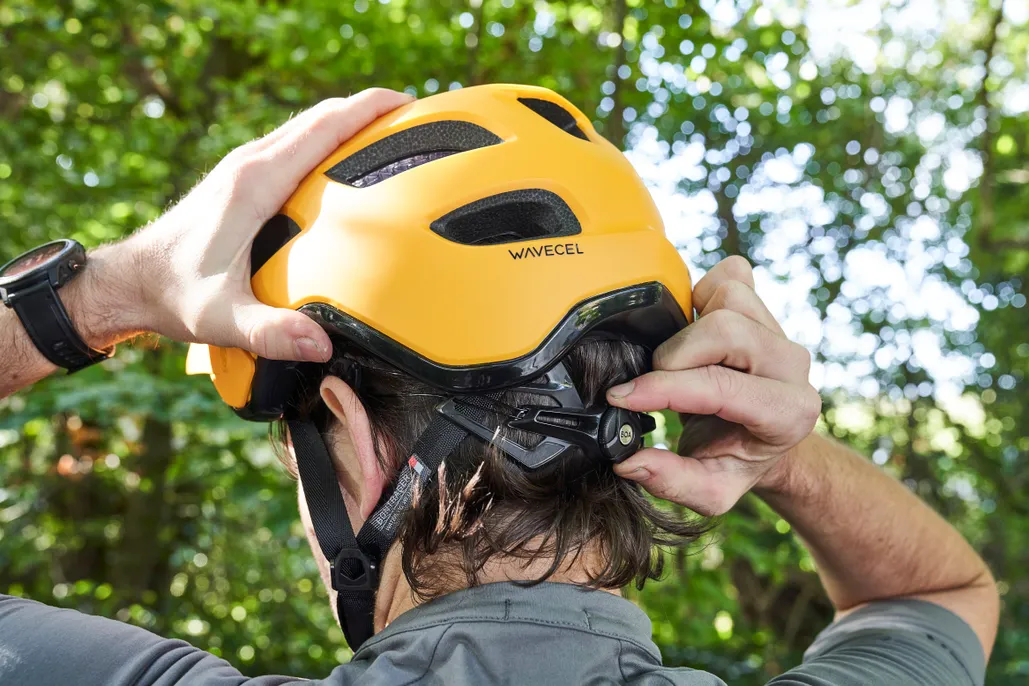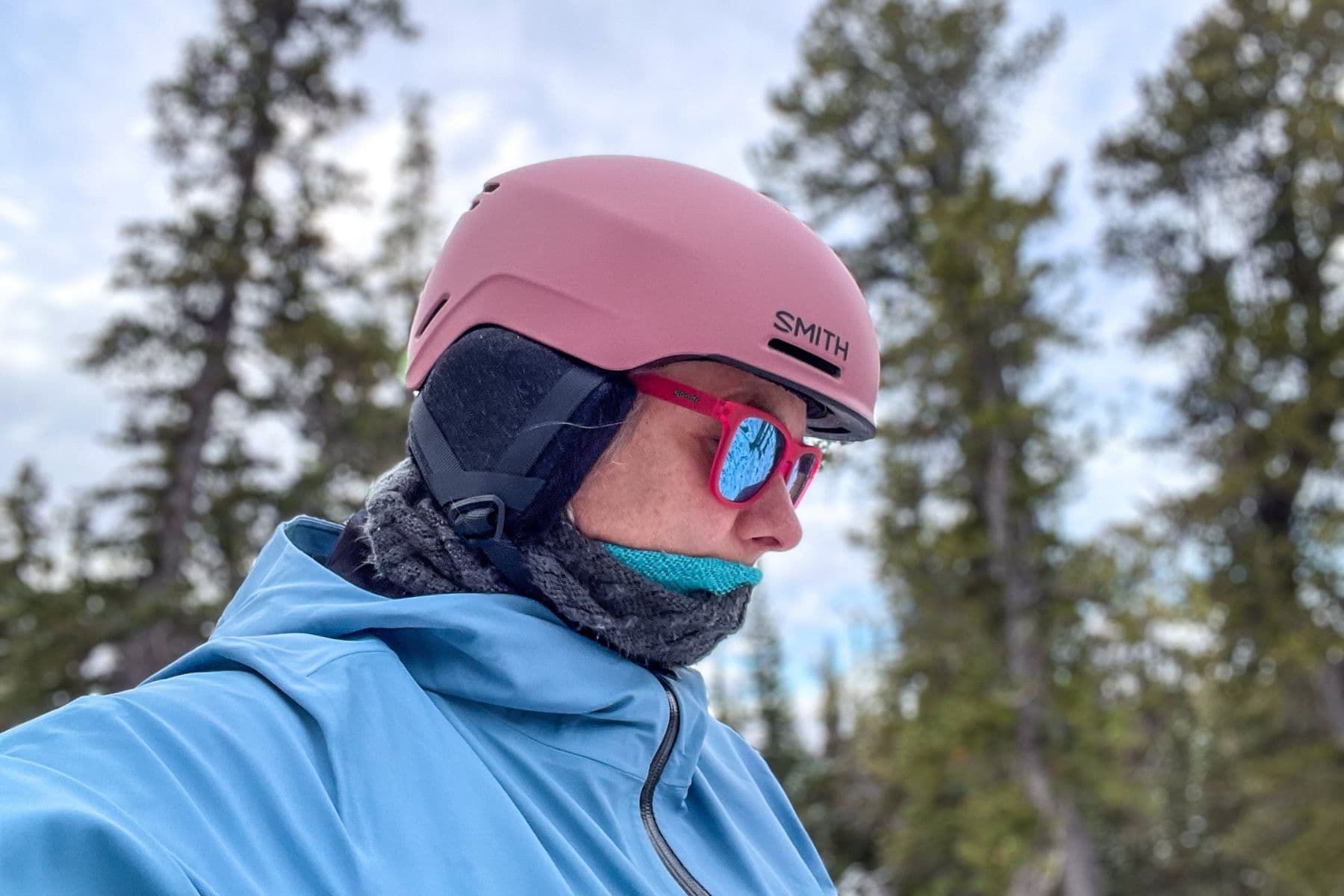Getting the right helmet size is essential for both safety and comfort. A helmet that fits properly can offer the best protection in an accident, whereas an ill-fitting one can compromise safety.
Here’s a comprehensive guide on how to measure your head circumference to find the perfect helmet size.
1. Why Measuring Your Head Circumference Matters
Helmets are designed to fit securely on your head, providing stability and protection in case of impact. A properly sized helmet sits snugly on your head without pressing uncomfortably or shifting around. Knowing your exact head circumference helps ensure you select the right size, giving you confidence and security during your activities.
2. Tools You’ll Need
To measure your head circumference, gather the following tools:
- Flexible Measuring Tape: This is ideal for taking measurements around the curved surface of your head.
- String or Ribbon (if you don’t have a tape): Use a piece of string and measure it afterward with a ruler.
- Mirror: This can help ensure the measuring tape or string stays level around your head.
3. Step-by-Step Guide to Measuring Your Head Circumference
Follow these steps for accurate measurement:
- Step 1: Position the Tape: Place the measuring tape or string about an inch above your eyebrows. This point is typically the widest part of the forehead, providing the most accurate circumference measurement for helmet sizing.
- Step 2: Wrap the Tape Around Your Head: Keep the tape snug but not too tight as you wrap it around the back of your head, right above the ears. Ensure the tape stays level around your head to get an accurate measurement.
- Step 3: Record Your Measurement: Note the circumference where the measuring tape meets its end. If you’re using a string, mark where it overlaps, then measure the string against a ruler.
- Step 4: Double-Check: For accuracy, measure your head twice to confirm the result. If there’s a slight variation, use the average measurement.
4. Using Your Measurement to Find Helmet Size
Once you have your head circumference, consult the helmet size chart for the specific brand you’re interested in. Helmet sizing varies slightly by manufacturer, so it’s essential to refer to the brand’s size guide. Here is a general guideline, though exact sizes may vary:
- XS: 20.1 – 21.3 inches (51 – 54 cm)
- S: 21.3 – 22 inches (54 – 56 cm)
- M: 22 – 22.8 inches (56 – 58 cm)
- L: 22.8 – 23.6 inches (58 – 60 cm)
- XL: 23.6 – 24.4 inches (60 – 62 cm)
- XXL: 24.4 – 25.2 inches (62 – 64 cm)
Select the size that most closely matches your measurement. If you’re between sizes, consider trying on both to see which feels more secure.
5. Additional Tips for an Accurate Measurement
- Measure at the End of the Day: Head circumference can vary slightly due to hydration levels. Measuring in the evening can give a slightly larger, more comfortable fit if you’ll be wearing the helmet for extended periods.
- Consider Your Hairstyle: If you often wear your hair in a particular style, measure with it styled that way. For long hair, consider how it will be worn under the helmet.
- Use a Friend’s Help: Enlisting someone to help can make it easier to keep the measuring tape level.
6. Trying on the Helmet for Confirmation
After you’ve selected a helmet based on your measurement, it’s essential to try it on. Here’s what to check:
- Snugness: The helmet should fit closely around your head, with no gaps. It should not press uncomfortably on any part of your skull.
- Shake Test: Gently shake your head. The helmet should stay in place without shifting.
- Chin Strap Test: Secure the chin strap and try to open your mouth; you should feel a gentle pressure from the helmet pressing down.
7. Understanding Different Helmet Shapes for Fit
People have different head shapes, and helmets come in various internal shapes like round, oval, and intermediate oval. If a helmet feels too tight in specific areas even when it matches your size, try a different shape.
8. Regular Measurement Checks for Fit Over Time
Your head size can change over time, so remeasure if you haven’t bought a helmet in a while or if your hairstyle has changed. Regular measurement checks ensure you maintain the best fit for safety and comfort.
9. When to Replace Your Helmet
Over time, helmet materials degrade. It’s recommended to replace your helmet every 3–5 years, or immediately after any significant impact. A new helmet will provide the latest in safety technology and materials, enhancing both fit and protection.
Final Thoughts
Knowing your head circumference is the first step toward finding the perfect helmet. With the right fit, you’ll not only enjoy greater comfort but also maximize safety.
Take the time to measure accurately, choose a well-suited size, and wear your helmet confidently knowing it’s doing its job.








